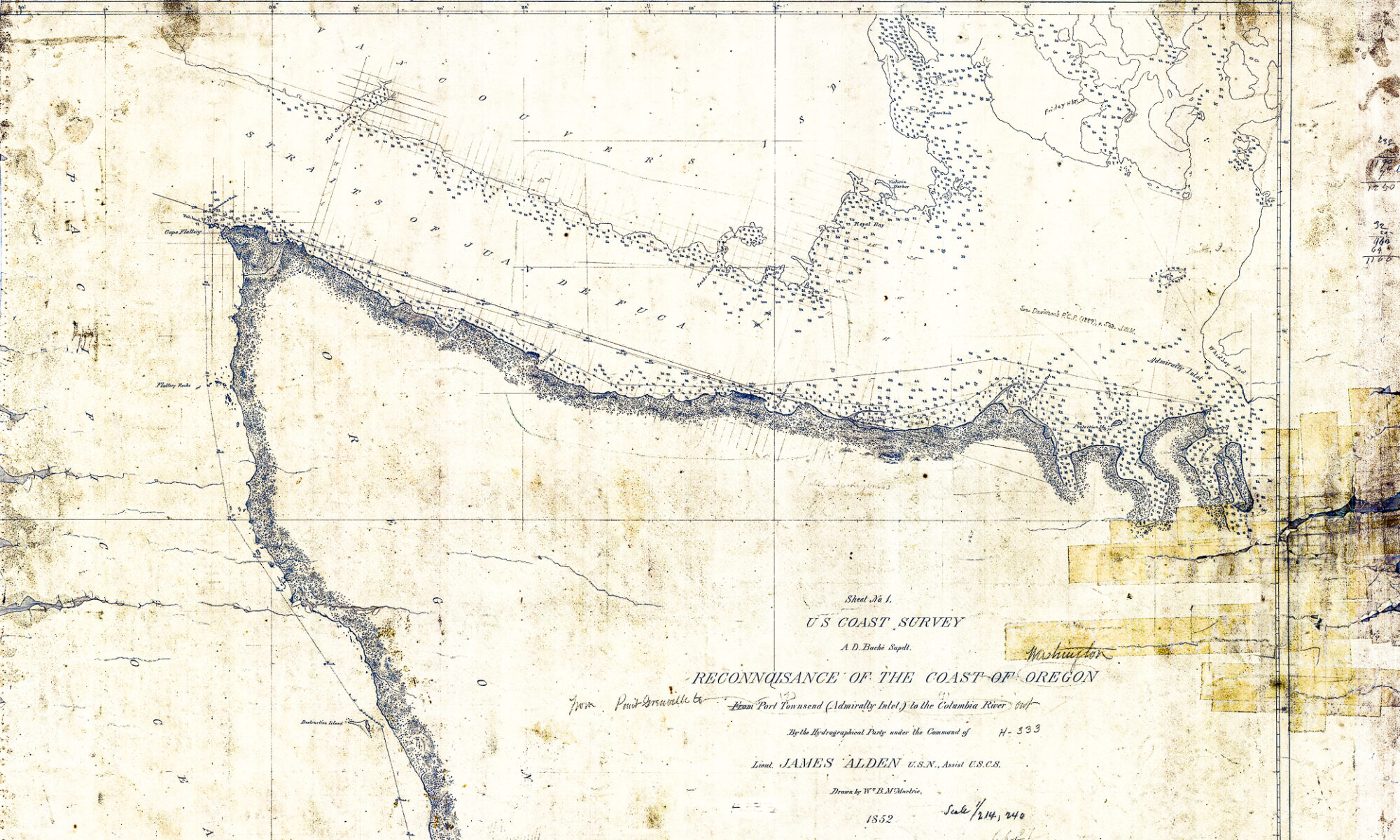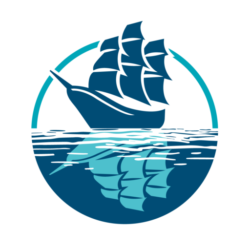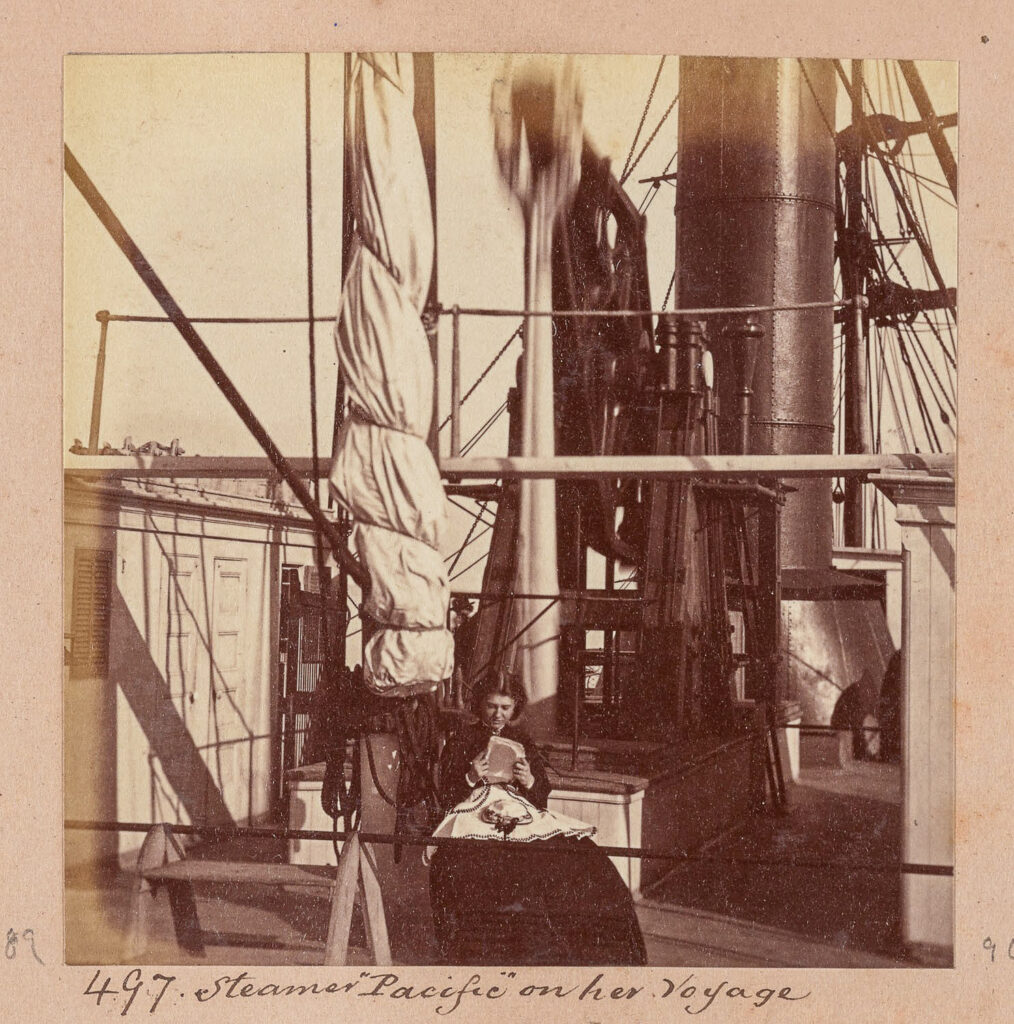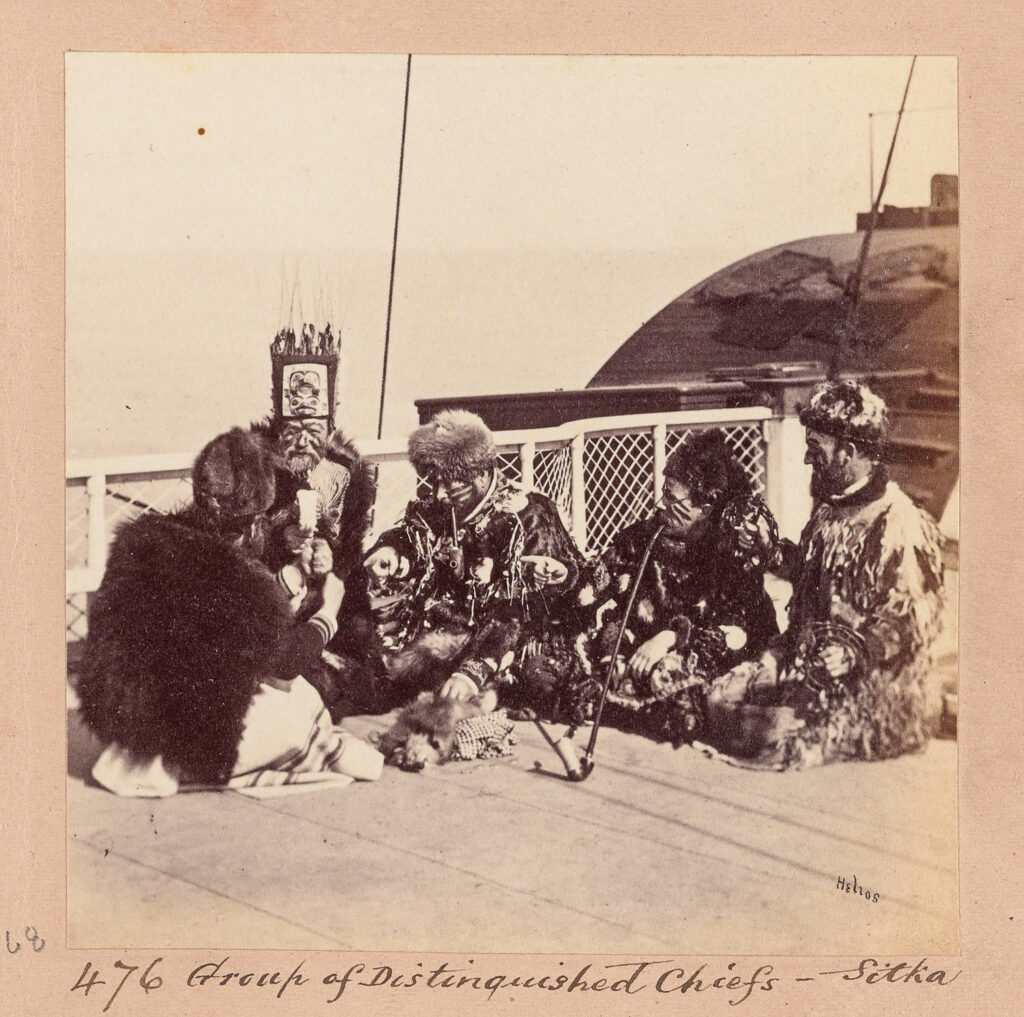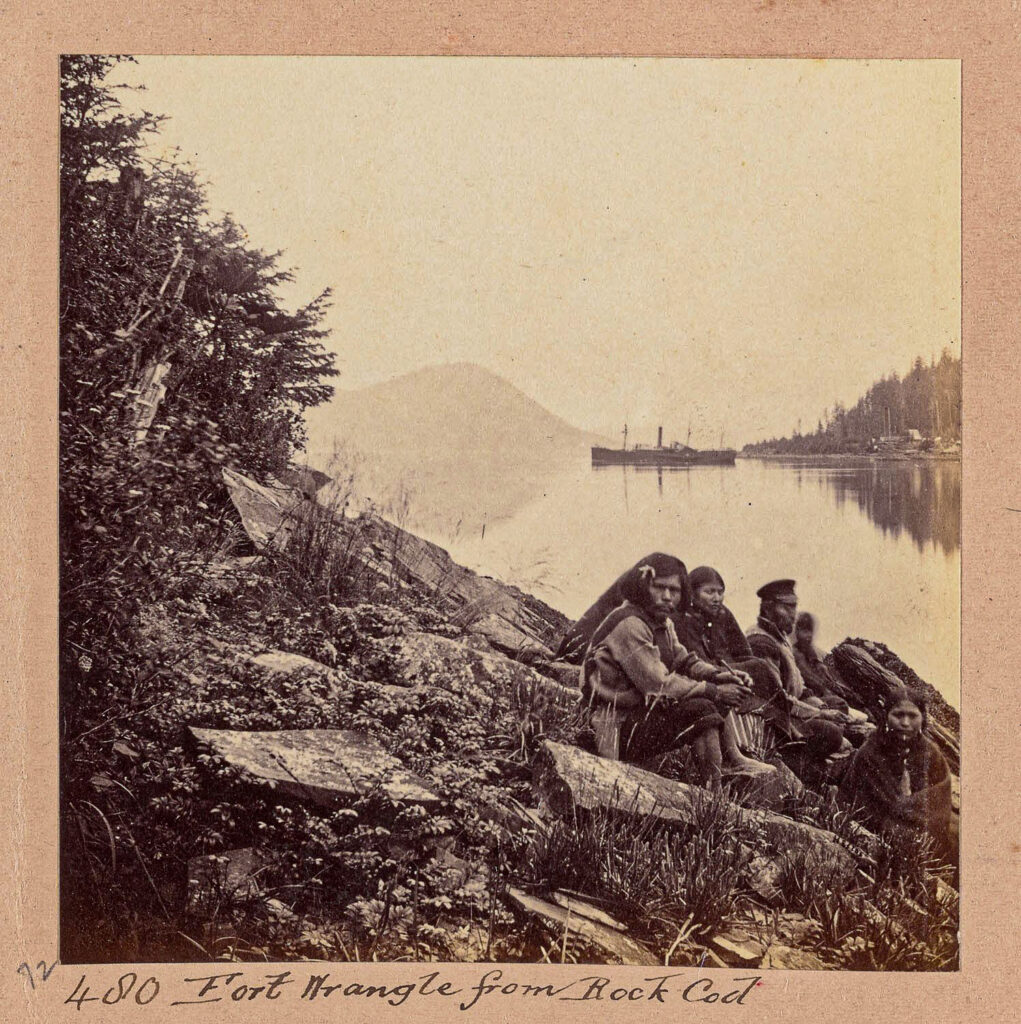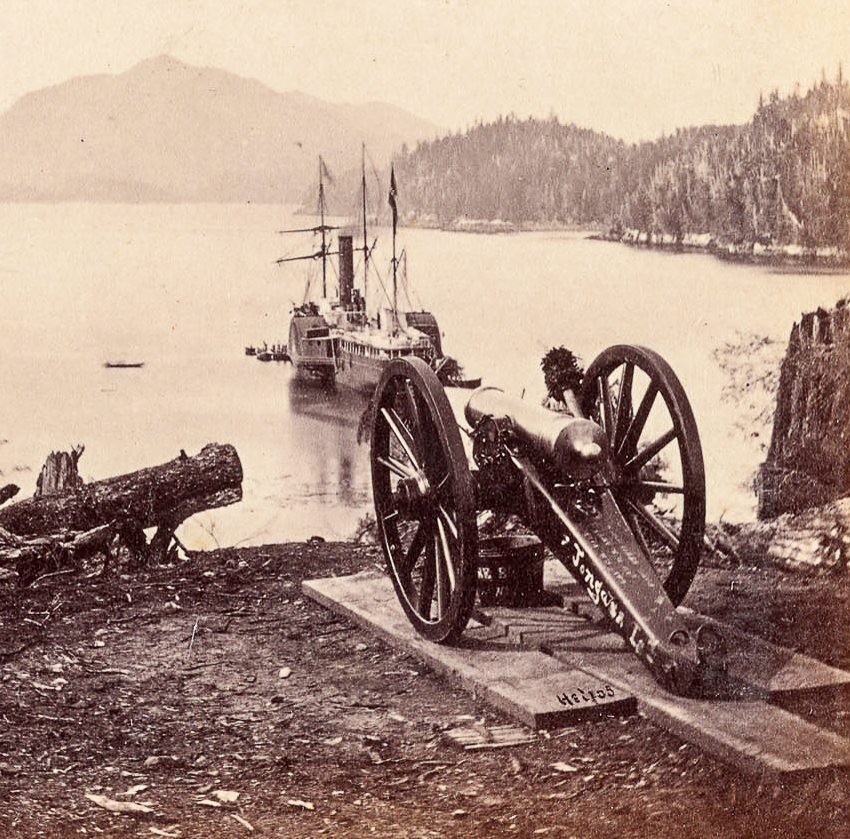The Ship
Builder: William H. Brown, New York, NY
Machinery: Archimedes Iron Works, New York
Hull: Wood, 225′ x 30’4 x 19′, 876 tons
Engine: Vertical beam engine; Cylinder: 70″ Diameter x 10′ stroke
Cost: $100,000
Past Owners: Lowry & Jarvis, 1850; U.S. Mail Steamship Co., 1850-51; Cornelius Vanderbilt (Independent Opposition Line), 1851-53; Nicaragua Steamship Co., 1853-58; Merchants Accommodation Line, 1858-63; Oregon & San Diego Steamship Co., 1867-72; Pacific Mail Steamship Co., 1872-75; Goodall, Nelson and Perkins Co., 1875.
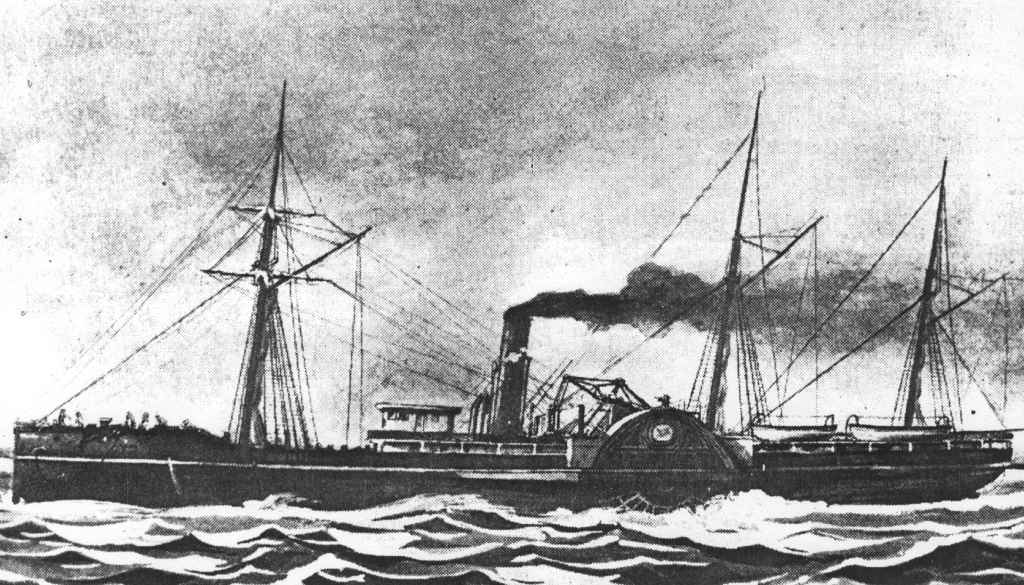
On September 24, 1850, the SS Pacific was launched with steam pressure in her boilers and her engine was started as soon a she hit the water. Under her own power, she made her way to the outfitting dock to be completed. Although intended for Pacific service, the SS Pacific was temporarily placed on the New Orleans – Chagres run by the U.S. Mail Steamship Co., which had purchased her while she was being completed. On her maiden trip from New York, she set a speed record by traveling 360 miles in 24 hours.
The Pacific left New York on March 19, 1851, for San Francisco with 72 passengers. En route, Cornelius Vanderbilt bought her to add to his Independent Opposition Line. After arriving in San Francisco on July 4, 1851, the Pacific departed three days later for Panama with 310 passengers. The Pacific was used on the San Francisco – Nicaragua run on which she continued to sail for the next several years.
In 1853, the Nicaragua Steamship Co. took over the steamers and business of the Independent Opposition Line. The Nicaragua Steamship Co., a subsidiary of Vanderbilt’s Accessory Transit Co., had obtained a Nicaraguan government charter to operate a transit across their isthmus. In November 1853, the Pacific carried 700 passengers to San Juan. The cabin fares were $225 for the entire trip. In 1855, the Pacific arrived in San Francisco with 820 passengers from New York via Nicaragua. Unfortunately, cholera had broken out as the passengers were transiting Nicaragua over land, and later caused 45 deaths as the Pacific was steaming north. In 1856, the new Nicaraguan government cancelled the Accessory Company’s charter and closed all traffic across the country. The Nicaragua Steamship Co. laid up its steamers and in 1858 sold the Pacific to the Merchants Accommodation Line, which placed her on the San Francisco – Columbia River run.
On July 18, 1861, the Pacific, bound for Astoria from Portland, was set off course by strong currents and holed herself so badly that she sank, with no casualties, near Coffin Rock in the Columbia River. She was soon raised, repaired and put back to work. In 1863, she was bought by S.J. Henley for his Oregon & San Diego Steamship Co., occasionally running down to San Diego but most of the time stayed busy on the northern run. In 1867, Holladay & Flint bought the Pacific for their Oregon & California Steamship Co., keeping her on the San Francisco – Portland service.
In 1872, she was bought by the Pacific Mail Steamship Co. and put on the San Diego and Mexican ports local service until 1875, when she was purchased by the Goodall, Nelson & Perkins Co. and shifted back to the San Francisco – Portland – Puget Sound run.
